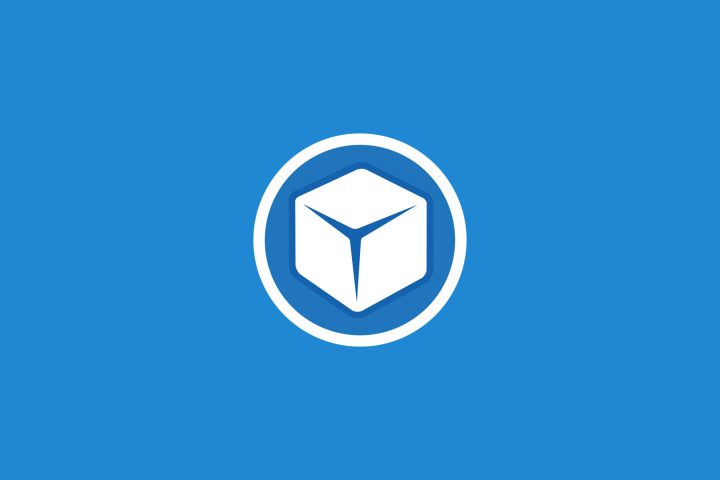Blog, Website Consultancy|3 minutes
Protecting Yourself Against Negative SEO
Search engine optimization is not new, and chances are, you know all about it and are optimizing your website and its content already.

Search engine optimisation is not new, and chances are, you know all about it and are optimising your website and its content already. The right SEO tactics can greatly increase the number of visitors to your site thereby ultimately increasing your bottom line. Unfortunately, some people take SEO tactics to a new level. In the pursuit of more business, competitors can attack your website’s SEO, crushing your site’s revenue, and your business. This is called negative SEO and it can be debilitating. The good news is that there are some things you can do to guard against it.
What Is Negative SEO?
Negative SEO is all about what someone else can do to your website to cause it to lose its search engine ranking. Andy Greenberg in an article for Forbes says:
“Sometimes negative SEO is performed for reputation management, tweaking online content so that it floats to the top of Google or Yahoo! results, thereby pushing a critic’s negative comments to a lower ranking. But in rare cases, negative SEO involves more nefarious means, convincing Google or Yahoo!’s search algorithms to bury a competitor’s site deep within search results where its traffic practically evaporates.”
There are a few ways this is done. This includes:
- Hacking your website to gain control of your content
- Building hundreds, or even thousands of spammy links on your website
- Creating exact duplicates of your content all over the internet
- Pointing links to your website using inaccurate keywords like Viagra and online poker
- Creating fake social profiles to ruin your reputation
- Removing quality backlinks on your website
How to Prevent Negative SEO from Happening in the First Place

If you find yourself becoming a victim of negative SEO, there are things you can do to amend the problem. Note, however, that it’s going to take weeks or even months. Not only is it easier to keep it from happening in the first place but it’s also better for your business.
First, make sure you’re receiving daily updates on the health of your website. Enable email notifications in Google webmaster tools. You can customize your alerts including signs of hacking and malware. You should also track your backlinks with a program like OpenLinkProfiler. The quicker you can identify negative SEO, the more likely you’ll be able to stop it before it causes problems for your website.
Second, protect those wonderful backlinks that you already have. When communicating with your webmaster, only use an email address from your website’s domain. That way, competitors can’t create fake Google and Yahoo! email accounts and get away with removing your backlinks. You should also keep track of your best backlinks with tags so you can tell right away if any of them are removed.
Finally, secure your website from malware and hackers by creating a 2-step verification password. Create strong passwords, backup your files, and install antivirus software to prevent malware.
There are many other ways you can protect your site from negative SEO. To make sure your website is fully protected, enlist the help of Chillybin. Our experts have the skills you need to make sure your website gets the care it deserves.





